What is considered a shoulder injury?
A shoulder injury involves damage to any of the components of the joints in the shoulder (i.e., bones, cartilage, tendons, ligaments, muscles, and bursae).
We rely on the shoulder joint to perform a wide variety of daily, occupational, and recreational/sporting activities. Throwing, swinging, swimming, hammering, lifting, combing hair, and even brushing teeth involves a functional shoulder.
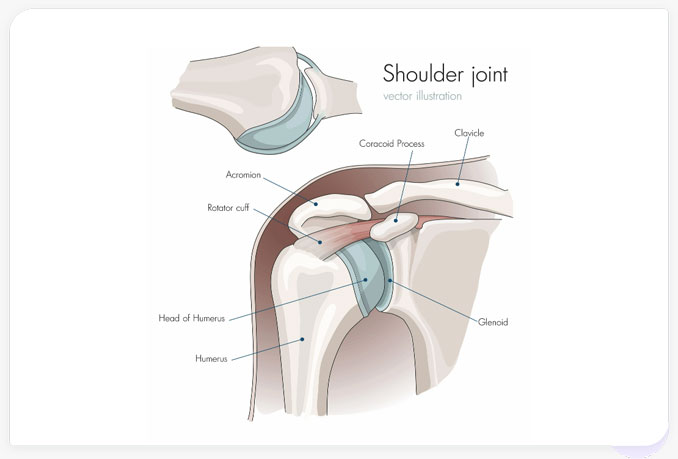
The shoulder consists of four different joints, the rotator cuff (a collection of tendons and muscles that connect the arm to the shoulder blade), cartilage and other soft tissues (see Figure 1). Chronic overuse and traumatic injuries can lead to shoulder pain.
Rotator cuff tears and rotator cuff tendonitis are very common injuries with up to 3 million people reporting injury every year.Most types of shoulder pain respond well to rest, NSAIDs, physical therapy, and regenerative medicine treatments. Only the most severe injuries require surgery.
Figure 1. The main shoulder joint (glenohumeral joint) is a ball and socket joint between the scapula (shoulder blade) and the humerus (upper arm bone between the shoulder and elbow). The glenoid is the portion of the scapula that forms the shoulder joint with the humerus. Also important for shoulder function is the rotator cuff. Being one of the most mobile joints in the human body comes at the cost of joint stability.
A variety of shoulder injuries (listed below) can lead to breakdown of articular cartilage in the glenohumeral joint leading to a painful degenerative condition called osteoarthritis (OA). OA can further limit joint mobility and everyday activities and may require surgery in severe cases (see Figure 2).
Figure 2. Stages of osteoarthritis (OA) of the shoulder joint. In a healthy joint the articular cartilage is smooth and free of osteophytes or bone spurs. As OA progresses into moderate and advanced stages, the articular cartilage erodes and osteophyte formation increases. This degeneration of the joint causes significant pain, stiffness, and loss of function.

Causes, Signs & Symptoms:
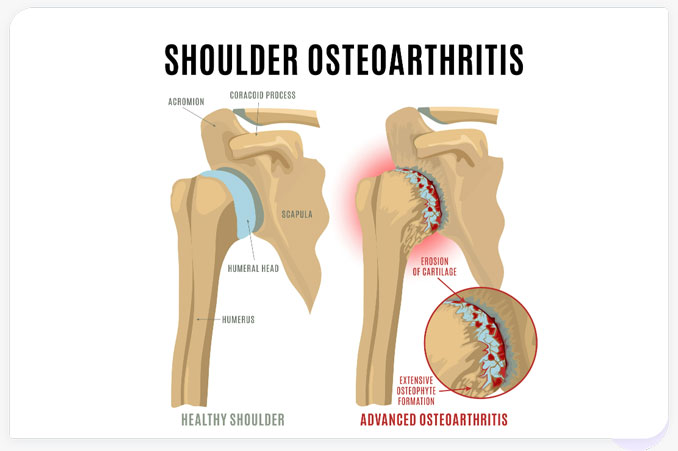
Injuries to any of the components of the shoulder can result in significant shoulder pain.
The following is a list of possible shoulder injuries:- Fractures of the clavicle (collarbone), humerus (upper arm), or scapula (shoulder blade)
- Cartilage tears/degeneration. A torn labrum or damaged articular cartilage.
- Shoulder dislocation
- Rotator cuff tear
- Frozen shoulder
- Shoulder impingement
- Bursitis
- Osteoarthritis (shoulder arthritis)
- Rheumatoid arthritis
- Tendonitis
- Osteophytes (bone spurs)
- Tumors, infection, nerve issues
Shoulder Pain Symptoms
Shoulder pain can be experienced differently depending on the joint structure(s) involved.
Other Symptoms include:- Dull aching deep in the joint, sharp pains at the end of the shoulder, or pain under shoulder blade
- Stiffness
- Inability to move arm in a certain direction
- Pain when rotating the arm or trying to lift an object
- Pain that worsens at night or after sleeping on your side (left shoulder pain or right shoulder pain)
- Crepitus: crackling, popping, or catching
- Feeling of instability like the shoulder could pop out of joint
- Warmth, swelling
- Inability to move arm at all (due to fracture or break)
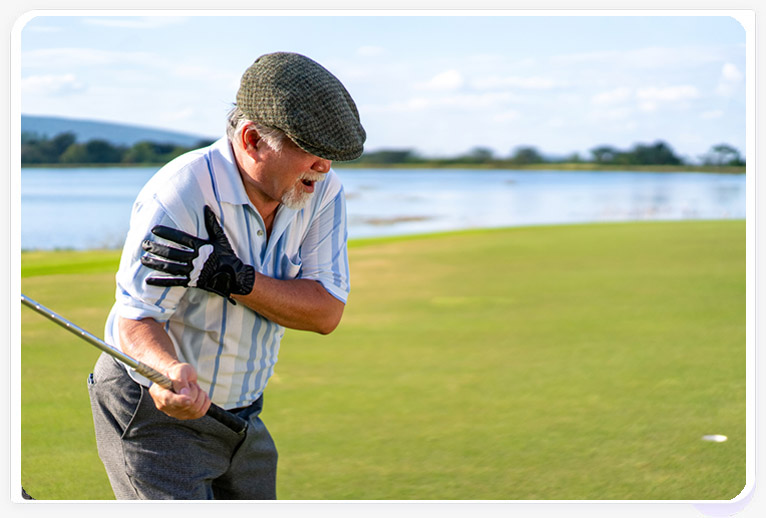
Causes And Risk Factors of Shoulder Pain

The following is a list of risk factors for developing shoulder pain:
- Age. With advanced age, we are at higher risk for injury due to weakening of the joint tissues and accumulative wear and tear.
- Repetitive stress. Chronic overuse and repetitive motions involving the shoulder can lead to injury and pain.
- Poor posture. Bad posture puts stress on the joints leading to bursitis, rotator cuff tendonitis/tears, biceps tendonitis, and osteoarthritis. Pain between shoulder blades is common with poor posture.
- Sex. Females may have increased risk for certain shoulder injuries, whereas males are at higher risk for others.
- Past injuries. Prior injuries increase the risk of suffering future injuries.
- Shoulder instability. Weakened shoulder muscles, tendons (e.g., a ruptured bicep tendon), and ligaments increase the risk for joint dislocation and shoulder impingement.
- Bone spurs. Osteophytes can damage adjacent tendons in the shoulder joint causing further pain.
Shoulder pain is diagnosed by our Specialists using a multipronged approach.
- Medical History: Our doctors will ask you about the nature of your shoulder pain (e.g., when and under what conditions you experience shoulder pain). They will ask about prior surgeries, accidents, and trauma to the shoulder.
- Physical Exam: The doctor will examine the shoulder and may perform a rotator cuff injury test (e.g., Drop Arm Sign, Lateral Jobe Test, Lift Off Test) or other physical tests to pinpoint the source of the pain.
- Imaging with X-Rays, MRI, or ultrasound: X-rays are used to check for shoulder pain due to osteoarthritis, bone spurs, or fractures. A magnetic resonance imaging (MRI) scan may be used to check for bursitis, or if a tendon or muscle is torn.
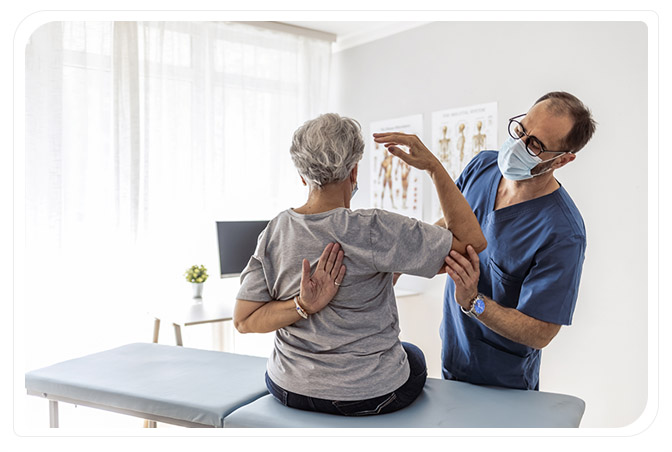
Treatment Options
The StemX clinic offers a range of customized Regenerative Medicine solutions for shoulder pain.
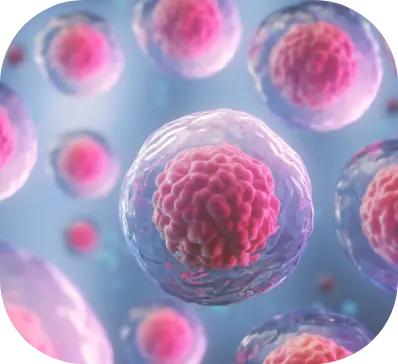

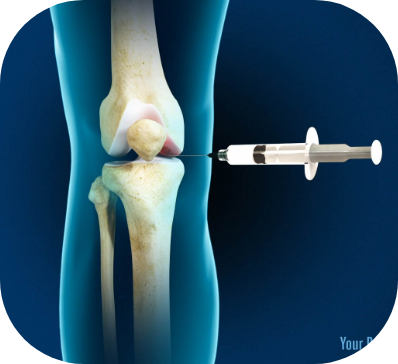
The StemX Approach
StemX is California's leading provider of holistic and regenerative medicine services. Our experts don't just offer popular treatments, but customized medical solutions based on individual needs.
Located in Solana Beach, California, the StemX clinic is composed of a team of expert doctors with years of experience administering regenerative medicine treatments for joint disease. Our team has:
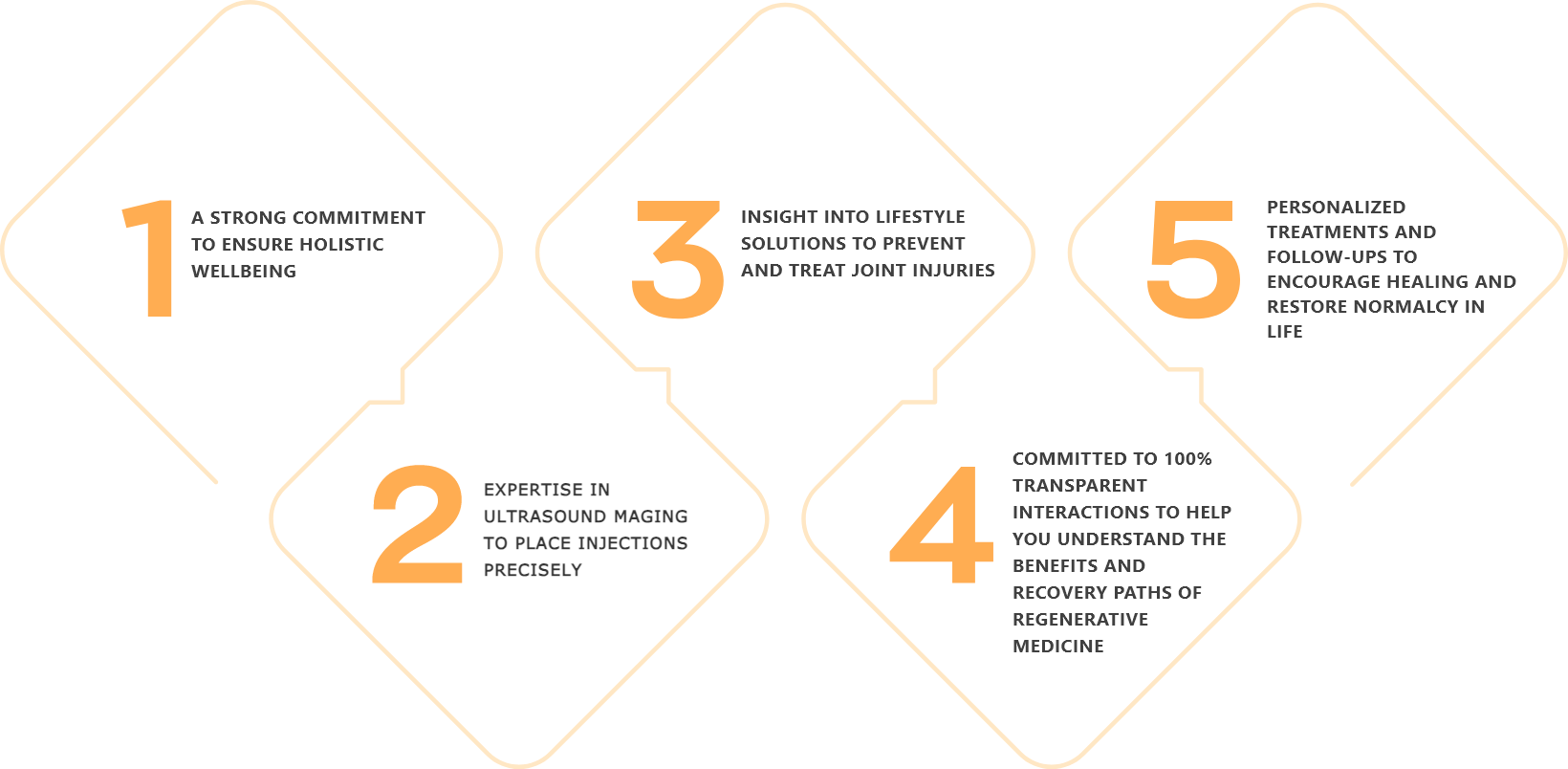
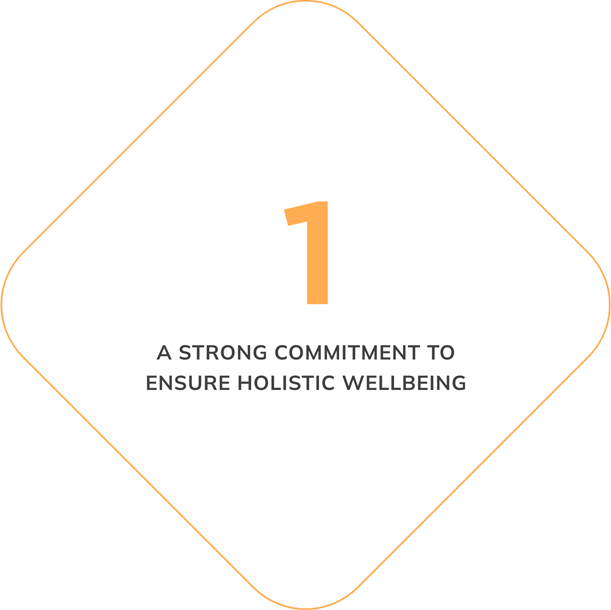
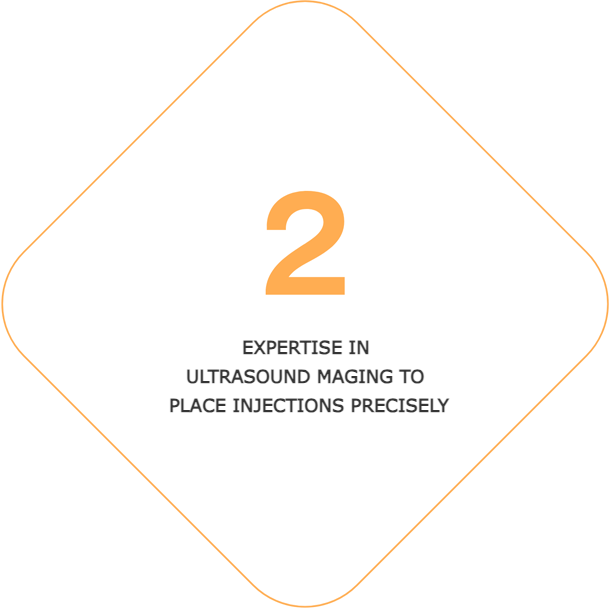
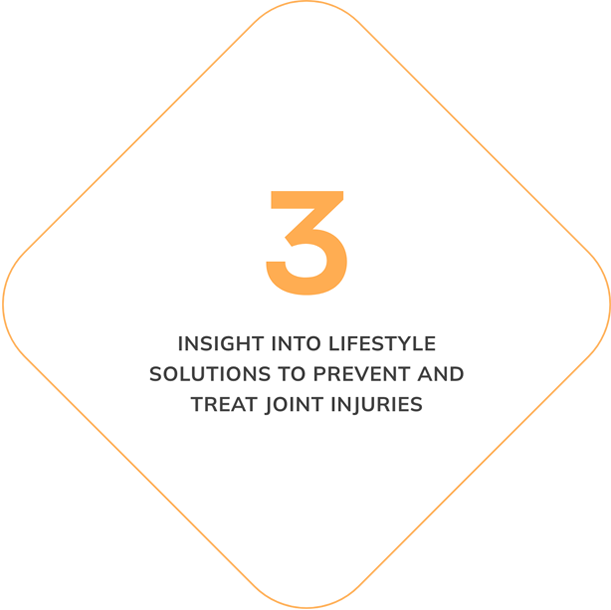
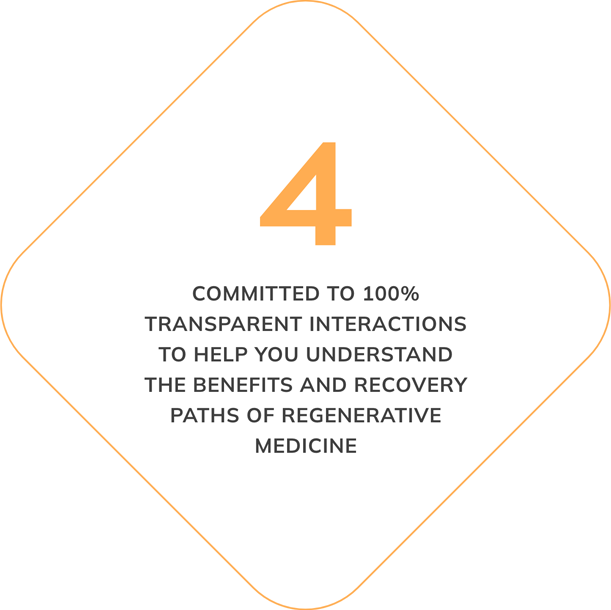
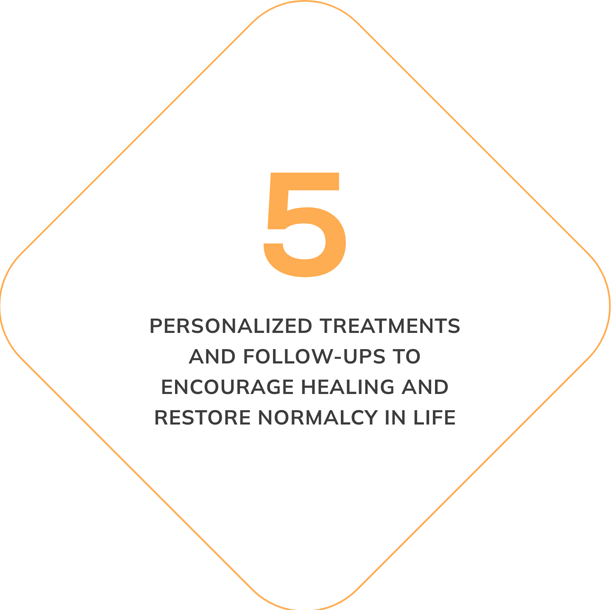
How To Get Started


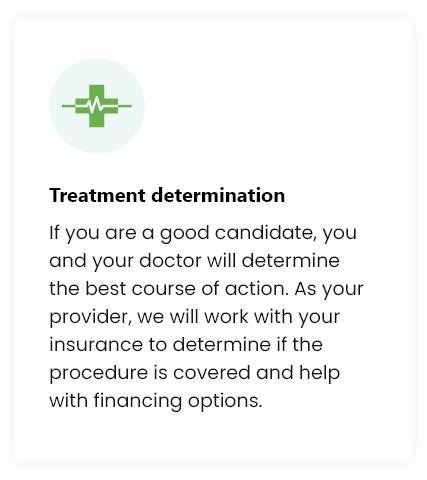

Treatment Procedure
While each treatment may be customized, you can expect your experience to be similar to the following:
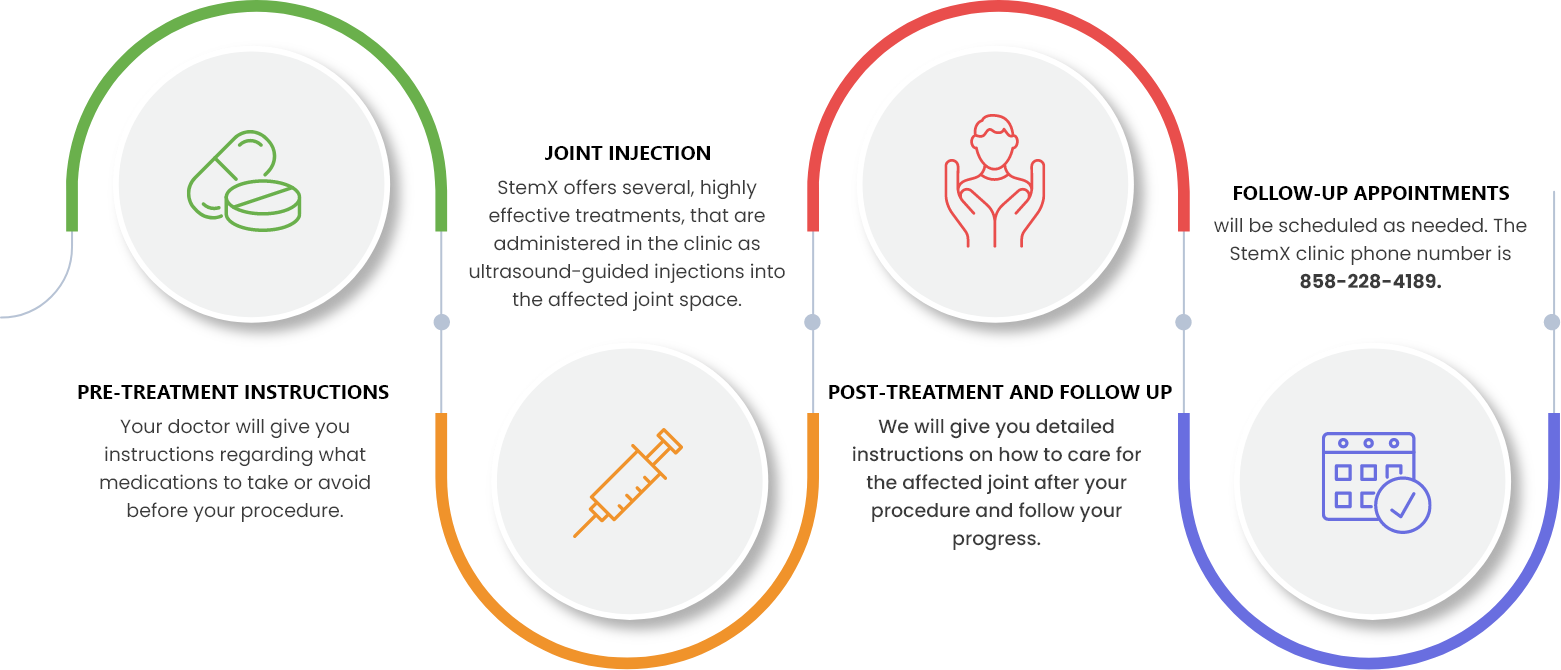
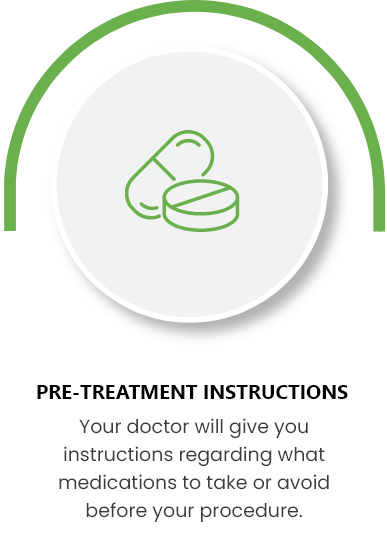
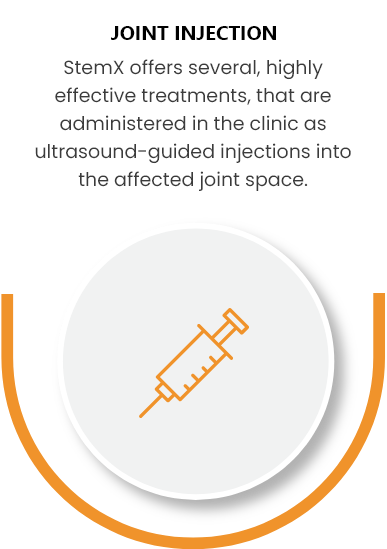
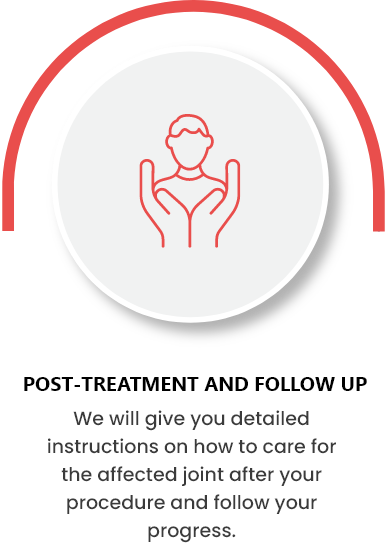
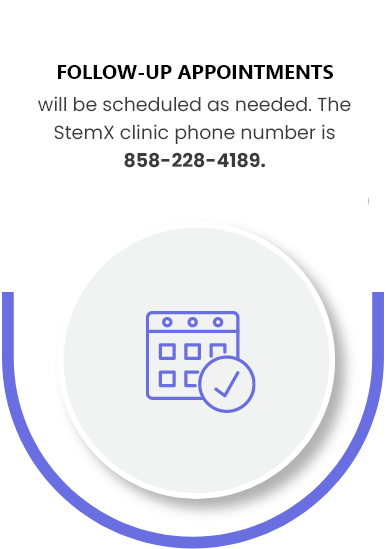
All procedures are conducted in our Solana Beach, California clinic. 124 Lomas Santa Fe Dr #206, Solana Beach, CA 92075.
Frequently Asked Questions
Regenerative medicine treatments work together with rest, physical therapy, icing, and NSAIDs in treating shoulder impingement.
Shoulder impingement is accompanied by pain at the top or outside of the shoulder, may worsen at night or when you lift your arm above the head.
Shoulder impingement can take up to 6 months to heal if not treated as long as the shoulder is rested. Treatment should be sought to heal shoulder impingement injuries.
Shoulder impingement injuries can take up to 6 months to heal. Regenerative medicine treatments can speed this process.
Symptoms include: shoulder pain lifting arm, shoulder muscle pain, shoulder soreness, swelling, stiffness, loss of range of motion etc.
It has been estimated that up to 1/3 of the population over the age of 60 suffers from shoulder OA.
Shoulder arthritis (osteoarthritis), rotator cuff tears/tendonitis, and shoulder strains/dislocation are three common injuries.
This depends on the nature and severity of the injury.
Some sources cite rotator cuff injuries as the most common shoulder injury.
Swelling and pain in the shoulder that increases with arm movement or shrugging is indicative of a torn ligament.
Minor shoulder injuries may be able to heal on their own given rest, icing, and physical therapy. Otherwise, regenerative medicine can help to quickly heal shoulder injuries.
A shoulder sprain or minor tendon tear feels like pain in the shoulder that increases with arm movement or shrugging.
Rest, icing, and the use of NSAIDs and regenerative medicine treatments can prevent a shoulder injury from getting worse.
Regenerative medicine treatments can last from months to years depending on the patient's activity levels and disease severity. Athletes may need repeated treatments, for example.
Regenerative medicine treatments cause minimal discomfort and consist of a simple injection into the joint space. The joint may be sore a few days after the injection.



